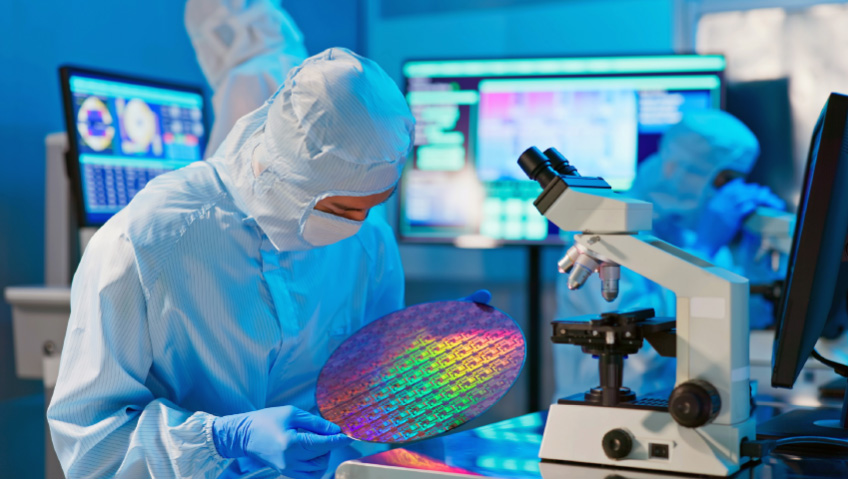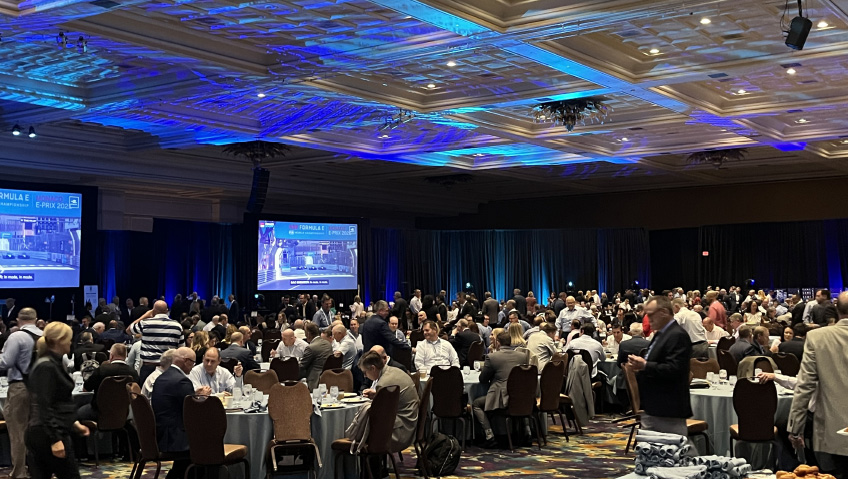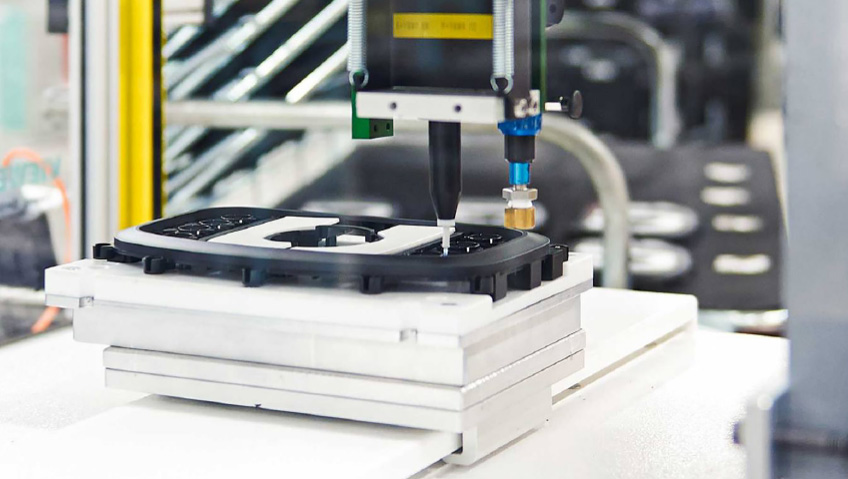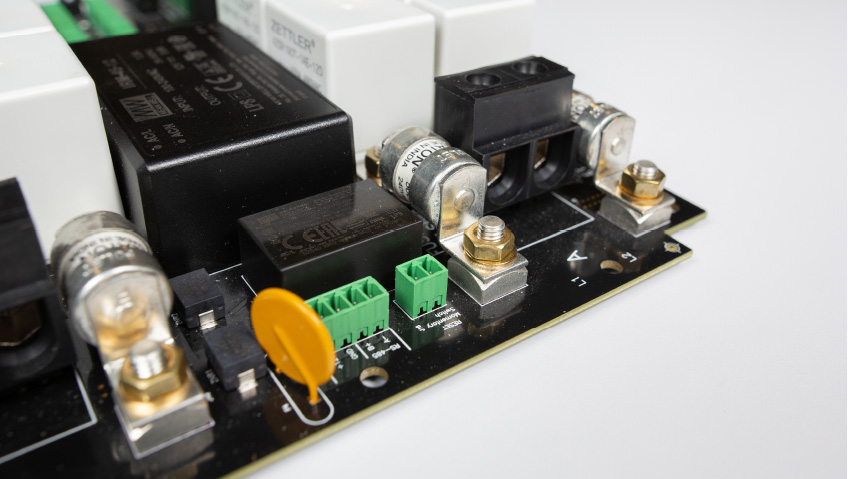Nanotechnology is the art of manipulating materials on an extremely small scale to build microscopic machinery.
Just how small is ‘small’? A single nanometer (nm) is equal to one-billionth of a meter (.000000001 m.). To put this in real-world terms, this is approximately 80,000 times smaller than the diameter of a human hair.
Scientists use the nanoscopic scale—also known as the nanoscale—which refers to structures with a dimensional range of 1 to 100 nm. At this scale, materials are referred to as nanocrystals or nanomaterials. Several factors make this scale unique.
The first is that nothing solid can be made to be any smaller. Second, the biological and physical world operates on length scales from 0.1 to 100 nm. At these incredibly small dimensions, materials exhibit different physical properties. Owing to this, researchers and scientists continue exploring novel effects at the nanoscale level, which is leading to breakthrough discoveries and technologies.
“The essence of nanotechnology is the ability to work at the molecular level, atom by atom, to create large structures with fundamentally new molecular organization,” states the U.S. National Science and Technology Council. “The aim is to exploit these properties by gaining control of structures and devices at atomic, molecular, and supramolecular levels and to learn to efficiently manufacture and use these devices.”
You could say that nanotechnology comes down to the ability to create micro and macro materials and products with atomic precision.
Nanotech breakthroughs
Widely hailed in the scientific community as ‘the next big thing,’ nanotechnology would not be possible without the pioneering work of Kim Eric Drexler. An American engineer, Drexler was a student at the world-renowned Massachusetts Institute of Technology (MIT), where he became intrigued by limits to growth and the potential of molecular nanotechnology (MNT).
This led to Drexler investigating space colonies with NASA, and working on extremely thin metal films to illustrate the potential of solar sails.
In 1992, a year after he submitted his doctoral thesis, Drexler’s work was published as Nanosystems: Molecular Machinery Manufacturing and Computation. The book earned Drexler the 1992 Association of American Publishers award for Best Computer Science Book, and the honorific, “Mr. Nanotechnology.”
Even today, more than 30 years after its publication, Nanosystems remains a controversial, groundbreaking work. The late Marvin Minsky—a computer scientist who made massive contributions to Artificial Intelligence (AI)—described Nanosystems as “the book for starting the next century of engineering.”
Prophetically, Minsky said: “Devices enormously smaller than before will remodel engineering, chemistry, medicine, and computer technology. How can we understand machines that are so small? Nanosystems covers it all: power and strength, friction and wear, thermal noise and quantum uncertainty.”
Making it big
Historically, nanotechnology predates Drexler, the nanometer scale, and the now-famous lecture by American theoretical physicist Richard Feynman in 1959. Titled “There’s Plenty of Room at the Bottom,” Feynman’s lecture has, according to researcher Richard Jones, “achieved mythic importance in discussions of nanotechnology; to many, it is nothing less than the foundation of the field.” While some have criticized Feynman for presenting imaginative ideas more than a coherent vision, the importance of nanotechnology is indisputable.
Nanotechnology already touches our lives, with few of us being aware of the science that informs items we use every day. In recent years, nanotechnology has been used in everything from “smart fabric” clothing we wear regularly, inhibiting bacterial growth, preventing odour, and reducing staining and wrinkling, to body armour for police and soldiers. In eyewear and computers, nanotechnology is critical to making surfaces resistant to ultraviolet or infrared light and scratches, and even water and residue. In the medical field, nanotechnology is being used in flexible, health-monitoring sensors.
Small but mighty, nanotechnology is integral to larger items too, such as motorcycle helmets, tennis rackets, luggage, and even power tools. Used in creating polymer composite coatings and housings, nanotechnology helps make products lighter but more durable and even serves to act as electronic and thermal shielding.
In manufacturing, nanotechnology is used to create long-lasting ceramic coatings, while lubricants enhanced with nanotechnology prevent many surfaces exposed to friction from premature wear.
Shrinking electronics
Over the decades, a field that has greatly benefited from nanotechnology is electronics, including computers. It wasn’t that long ago that transistors shrank the radio and allowed us to slip it into a pocket. Thanks to pioneering manufacturers like IBM and Intel, transistors—which themselves were much smaller and less cumbersome than tube technology—paved the way for smaller and faster computer chips able to process enormous amounts of data.
What does the future hold for nanotechnology, especially for much larger products? In recent years, it has proven itself in many areas, particularly flat-screen televisions and computer monitors. Without nanotechnology, which has greatly improved picture quality, resolution and colours, clunky tube televisions would still predominate.
Recent research utilizing groundbreaking nanotechnology is also making great gains in science and medicine. For persons needing medication, scientists at the State University of New York are working on different chemical formulations of “biocompatible nanoparticles” in the delivery of life-saving drugs to treat infectious diseases and even cancer.
For patients with cardiac issues, researchers are working on nanosensors which will detect heart attacks before they happen. At just 90 microns—significantly smaller than a single grain of sand—a life-saving nanosensor chip is in the works. Injected into the patient’s body, the sensor will screen for endothelial cells, precursors of a heart attack. If these cells are detected by the chip, a message is sent to a smartphone, alerting the patient to seek immediate medical attention.
Enhancing vision
For persons at risk of blindness, nanotechnology shows great promise through a tiny, magnetically guided ‘microbot.’ Powered through external magnetic fields, the miniature microbot known as the OctoMag can reach places conventional surgery cannot access to perform procedures such as dissolving clots. Much like the nanosensor chip used in cardiology, the OctoMag is injected into the body through a needle. This not only eliminates cutting into the patient’s eye but significantly reduces the risk of scarring and infection.
As if these technologies weren’t impressive enough, nanotechnology is showing promise with diabetics. For years, persons with diabetes have had to prick their fingers to draw small amounts of blood to measure their blood sugar, a time-consuming process. Researchers at Western New England University are working on a unique nanotech-powered ‘breathalyzer.’ Instead of drawing blood, the breathalyzer measures acetone levels in the breath, eliminating the need for traditional blood testing.
While future nanotechnology applications are still developing, one thing is for certain: this technology will make our lives better in the years to come.






